Picture this: you’re settling in for a quiet evening when you notice your furry companion pacing the hallway, meowing incessantly, or hiding under the bed. Your usually calm kitty seems unsettled, and you can’t shake the feeling that something’s just not right. If this scenario sounds familiar, you’re not alone. Restlessness in cats is surprisingly common, yet it often leaves even the most devoted cat parents feeling puzzled and worried.
Cat restlessness can manifest as increased movement, hiding, destruction, excessive vocalization, or changes in routine, and understanding what’s happening beneath that adorable furry exterior is the first step toward helping your feline friend find their zen again. Let’s explore eight proven ways to bring comfort and calm to your restless companion.
Create a Safe Haven Where They Can Retreat

Every cat needs a safe space to call his own, and this is especially true for nervous cats. Think of it like having your own personal sanctuary when the world feels overwhelming. Give him a space isolated from the hustle and bustle of the household – for cats that are just a little skittish, it can be a closet, cat tree or condo, or a comfy cat bed set high on a shelf that he can escape to.
Most cats prefer the safe space to be big enough to only fit themselves, have sides around it, and be raised off the ground. Providing paper bags is an easy way to give them their privacy, allowing them to mold and shape their little nooks for extra comfort – besides paper bags, shoeboxes can be used for super fast, super inexpensive retreat spaces. Make their hiding place warm and cozy with blankets and scarfs as great options to use in a safe space for your cat to hide.
Establish a Predictable Daily Routine

Cats like routine, familiarity and security and their behaviour can change if things change in their life. Some cats, like many humans, are comforted by a daily routine – implementing scheduled events, such as feeding times, helps your cat know what to expect, which may help ease their anxiety. When your cat knows exactly when dinner is served or when playtime begins, it creates a sense of security that can dramatically reduce restlessness.
Cats thrive on predictability and routine – establishing a consistent daily schedule provides a stabilizing anchor for your anxious companion with set regular mealtimes, play sessions, and periods for rest. Even small changes in your schedule should be introduced gradually. If you have to change your schedule, you have to introduce the new schedule gradually so you don’t make your cat anxious.
Use Calming Pheromones to Create Peaceful Vibes
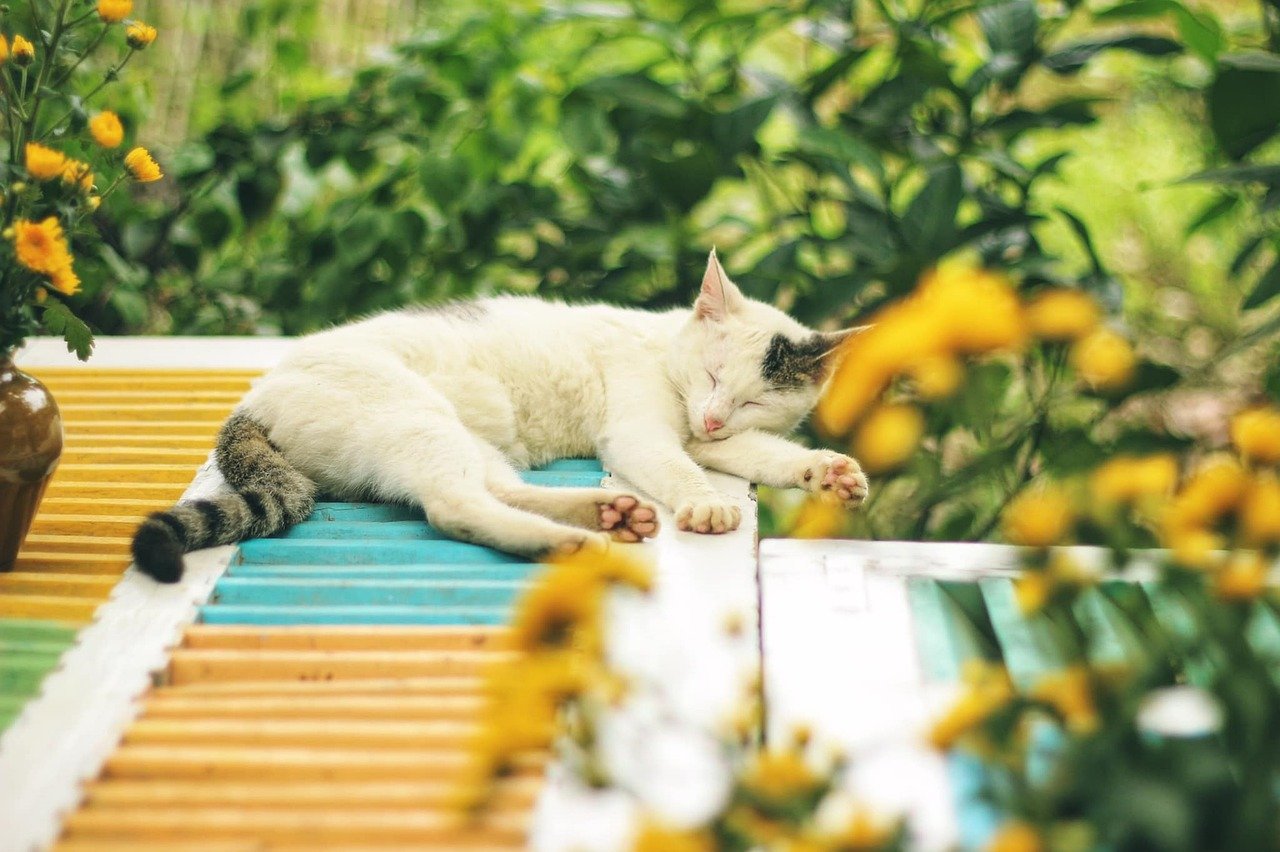
Pheromone sprays and diffusers work by mimicking the positive, or ‘happy cat’ pheromones, and can help to calm stressed or anxious cats by reassuring them that all is well in the nearby environment. These invisible chemical messages are like sending your cat a text saying “everything’s okay” in their own language. One way to help reduce stress is a plug-in pheromone diffuser like Feliway – you simply plug it in the room where your cat spends most of their time and it can help them to reduce their anxiety.
The pheromones in cat calming collars mimic those that mother cats produce to calm and soothe kittens, and they can also help to calm adult kitties. While not every cat responds to pheromone products, many pet parents find them to be a gentle, non-invasive way to create a more relaxing environment for their restless feline friends.
Stay Calm and Project Confidence

A nervous cat will take cues from your actions – if you’re acting nervous, she’ll feel even more stressed herself, so make a point to be calm and confident around your cat. Think about how contagious human emotions can be – cats are incredibly intuitive creatures who pick up on our energy. Cats are very intuitive and will sense if you’re feeling nervous or worried, which in turn will lead to more anxiety on their part and make the problem worse.
Whenever she’s acting out or hiding, move slowly and speak calmly and softly – if you can catch her gaze, blink slowly at her as this communicates in her language that you feel safe, and she should feel safe too. Your calm presence becomes their anchor in stormy seas. Remember, patience is key here – rushing or forcing interaction will only amplify their stress levels.
Provide Mental and Physical Stimulation

It’s important to keep your cat well stimulated and exercised – a cat with excess energy will often channel it into nervous energy, so it’s important to make sure they have enough toys, enrichment items and playtime each day to keep them in a calm and happy state of mind. Boredom and frustration can lead to stereotypical behaviors, such as pacing or excessive vocalization, which may eventually lead to behavioral problems, such as destructive behavior and aggression.
Interactive toys, puzzle feeders, and wand toys can work wonders for channeling that restless energy into something productive. Playing with your cat and providing them with interactive toys, such as wand toys and puzzle toys, can also reduce anxiety. Your cat can work out a lot of stress simply by scratching and climbing to high spaces, so adding scratching posts and cat trees around your home may help – just like exercise can help calm people down, exercise can do the same for your cat.
Ensure Proper Nutrition and Feeding Comfort
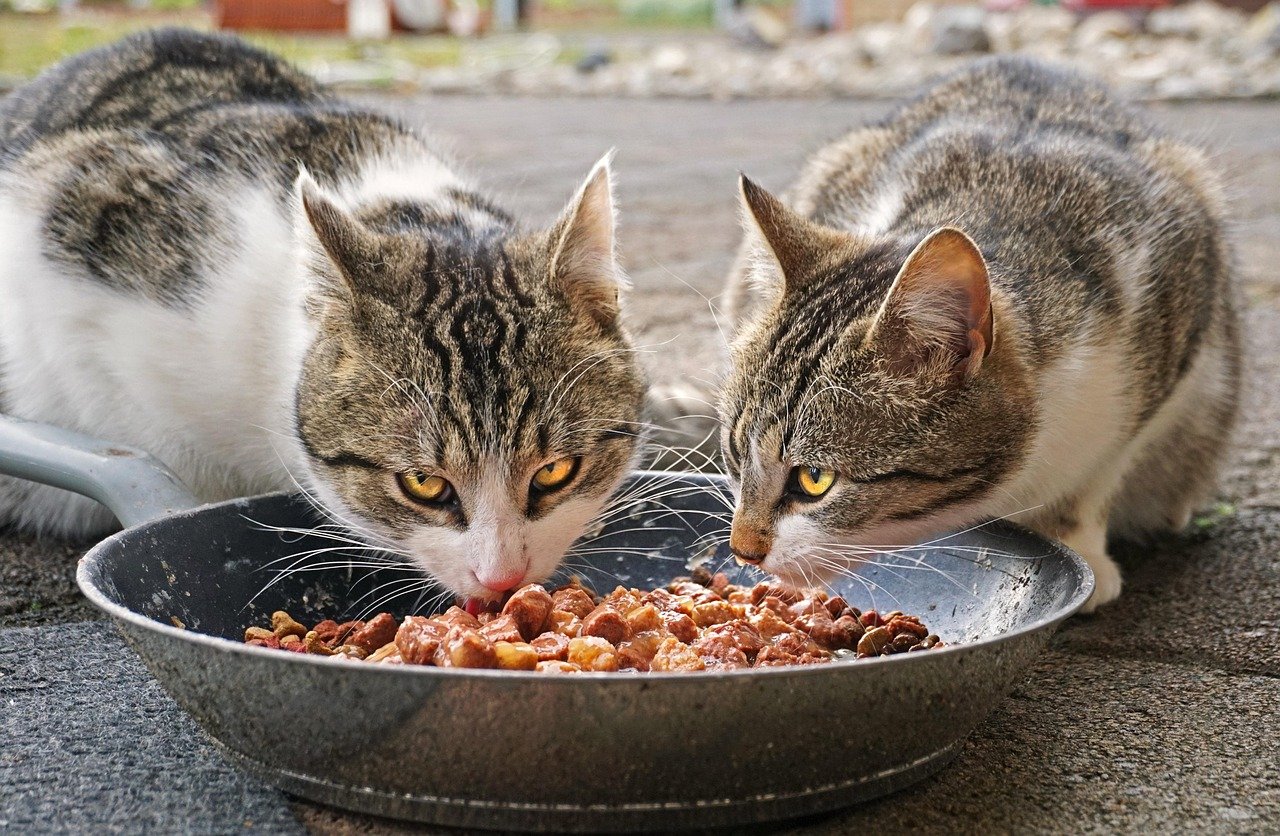
Wet food, rich in moisture, not only aids in hydration but also provides a more natural and satisfying eating experience – the act of eating wet food can be calming for cats, so consider serving homemade, raw food or canned food as a treat or part of their regular meals, preferably in a raised bowl, to prevent whisker stress. Food security plays a crucial role in your cat’s emotional wellbeing.
If you have a new cat or have recently moved to a new location, it’s possible that your cat’s stress is linked to food insecurity – they haven’t gotten into a food routine yet and might be worried that their food won’t be there when they’re hungry, so make sure that your cat has access to everything they need to survive and stay comfortable. Creating a peaceful feeding environment away from household chaos can make mealtime a source of comfort rather than stress.
Manage Environmental Stressors
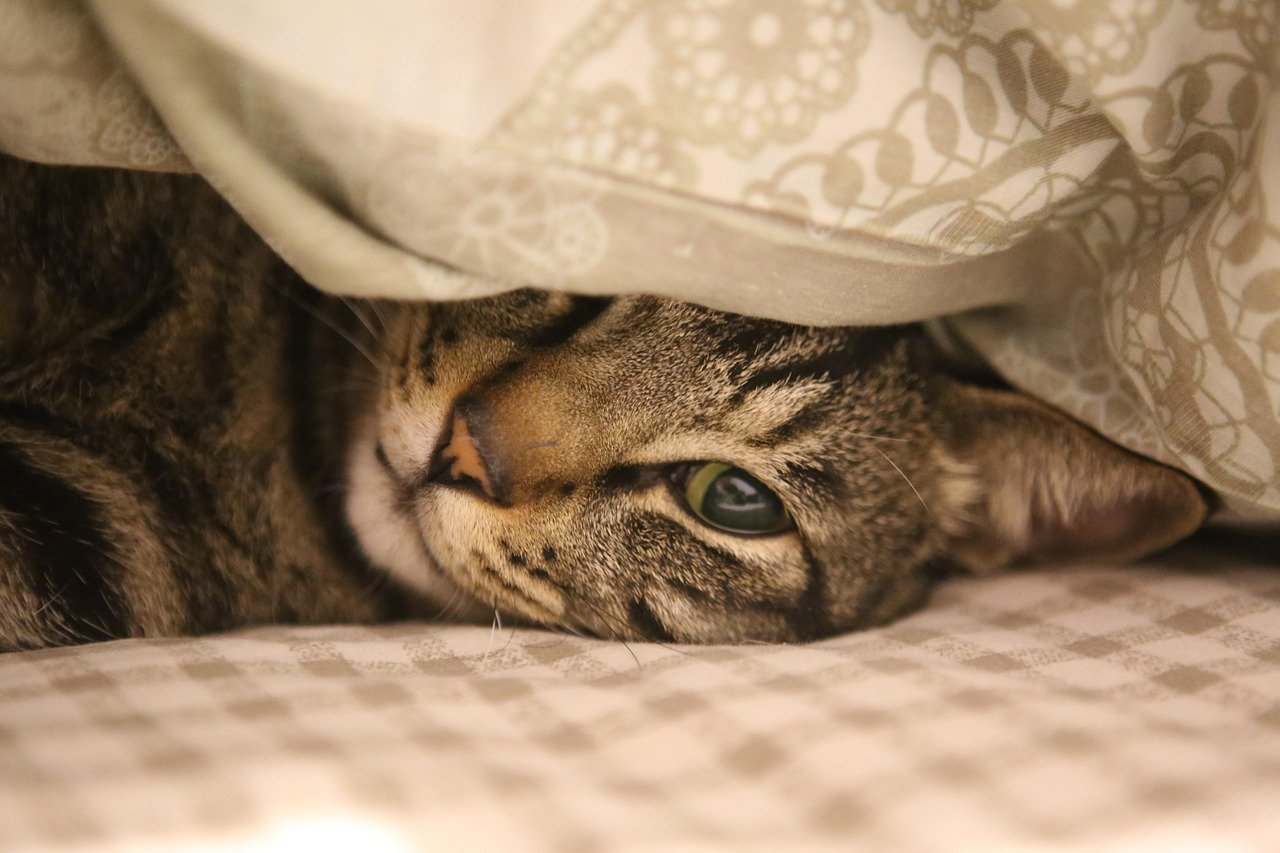
If your cat’s restlessness is caused by environmental stressors, it can help to take these triggers out of their environment – for example, if your cat is bothered by loud noises, it may help to create a sanctuary space for them in a quiet area of the house and stock this area with their favorite toys, blankets, and other comforting items. Cats have very sensitive hearing and can find it stressful when strange things are happening outside – if you notice your cat seems anxious, try shutting the curtains and putting on some music or the TV so they can relax somewhere safe and cosy.
Stress is one of the biggest triggers of restlessness in cats – common stressors include moving house, the introduction of a new pet, a new baby in the home, and building work, so once you have identified the trigger and put in a plan to resolve it, you should see your cat’s behaviour return to normal. Sometimes the solution is as simple as moving their favorite resting spot away from a noisy area or providing white noise to mask unsettling sounds.
Know When to Seek Professional Help
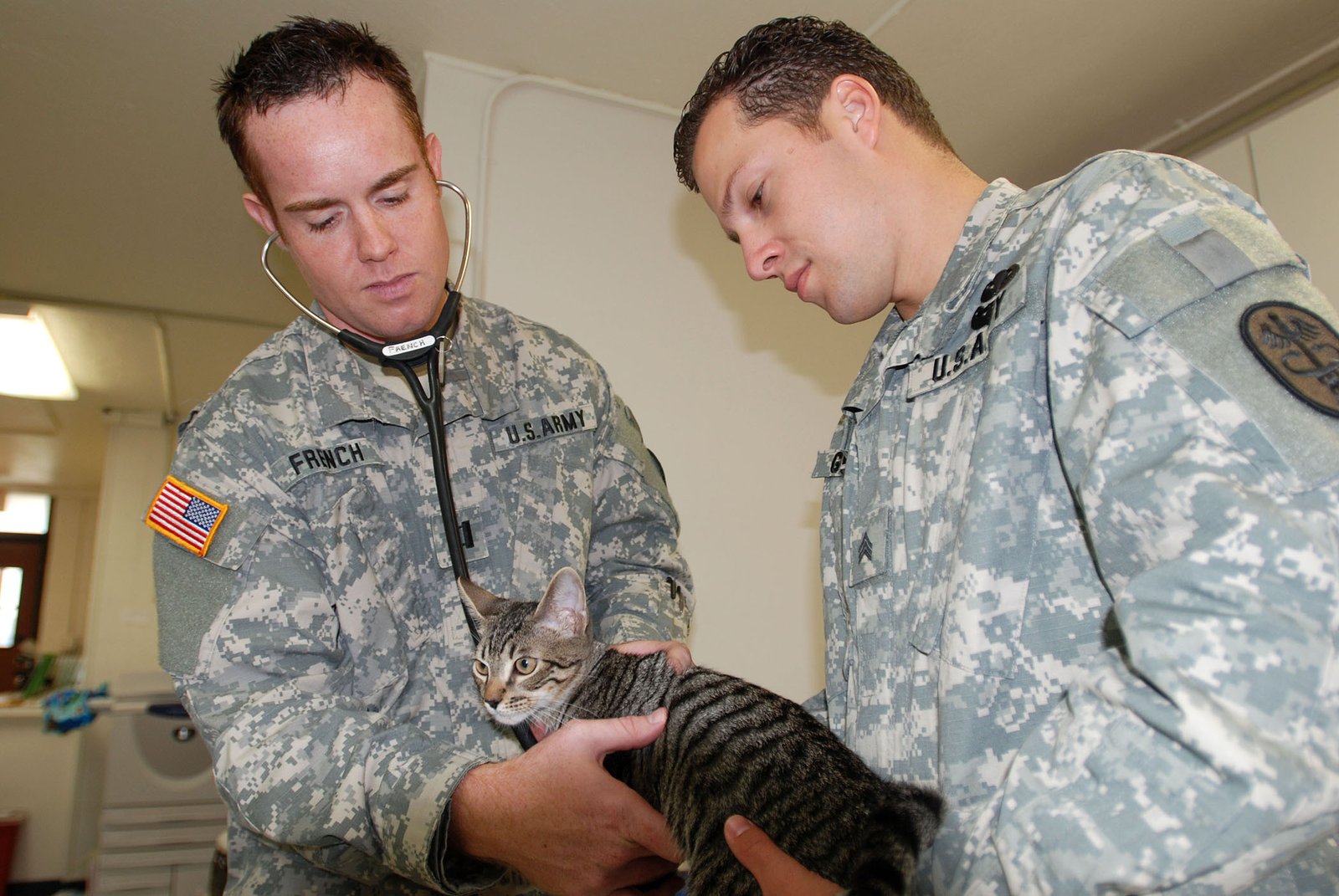
While there are a lot of things you can do at home to calm a stressed cat, planning in a visit to the vet should be top of your list – if you’ve found a problem with your cat’s physical health, such as weight loss or issues with toileting, it is even more important to get them seen quickly. If your cat is having daily anxiety, is regularly triggered by the same stimulus, or has more than one episode of anxiety per month, or if their anxiety is affecting your family life, schedule an appointment with your vet – in some cases, they may recommend using anti-anxiety medications.
With any sudden changes to your kitty’s behavior it’s always best to get them checked out by the vet to ensure they’re not in any pain and do not have an underlying medical problem. The best way to treat most cases of anxiety is a multi-modal approach that combines behavioral modification techniques, making changes to your cat’s environment, natural calming aids, and potentially anti-anxiety medication – successful treatment plans require consistency and commitment, as it may take several months for your cat to overcome their anxiety.
Conclusion
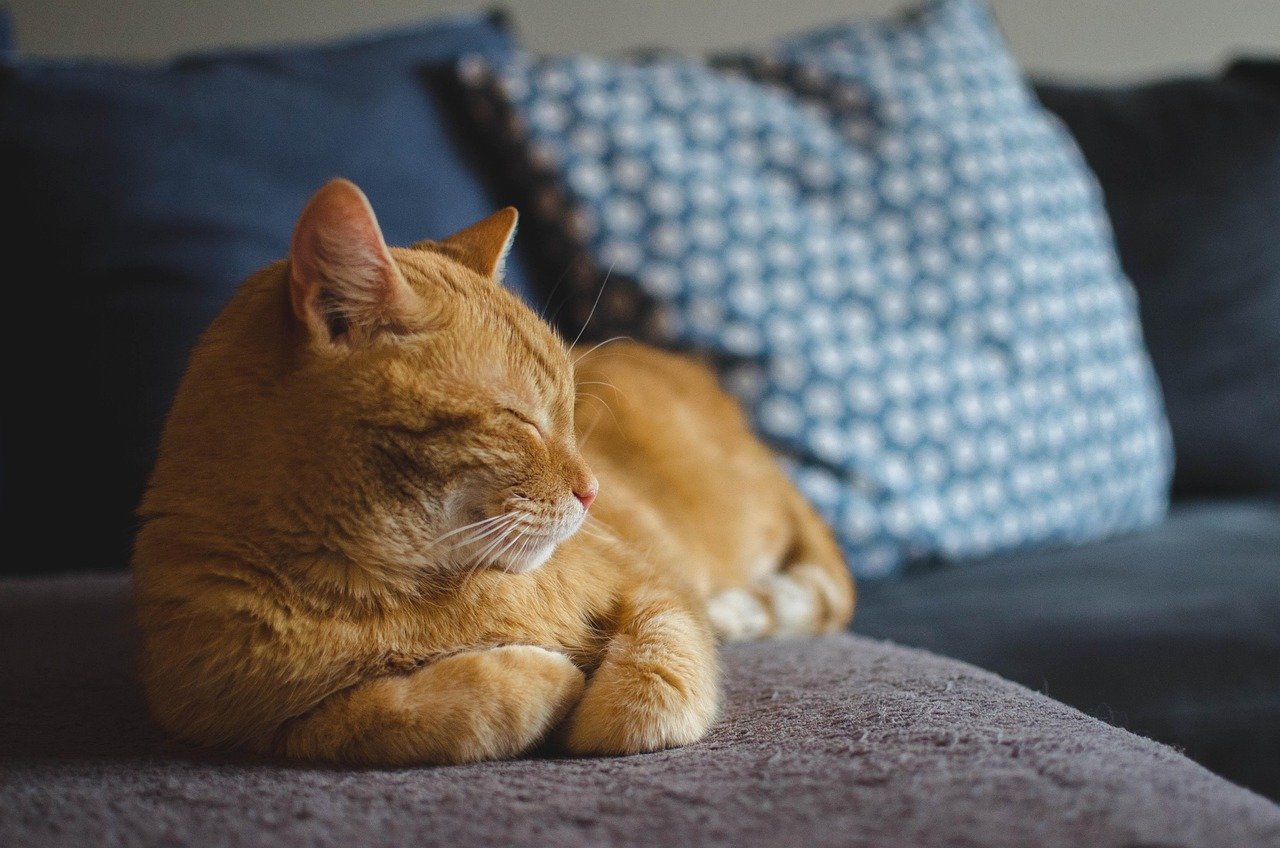
Watching your beloved cat struggle with restlessness can tug at your heartstrings, but remember that you’re not powerless in this situation. The eight comfort strategies we’ve explored offer a comprehensive toolkit for addressing feline anxiety and creating a more peaceful environment for your furry friend. From establishing safe spaces to maintaining consistent routines, each approach works together to build your cat’s confidence and reduce stress triggers.
The journey to helping a restless cat isn’t always linear, and what works for one feline might not work for another. Be patient with both yourself and your cat as you implement these changes. Small improvements are still victories worth celebrating, and your consistent efforts will make a meaningful difference in your cat’s quality of life.
Have you noticed which strategy resonates most with your cat’s personality? Sometimes the smallest changes create the biggest transformations in our feline companions’ lives.

Linnea is a born and bred Swede but spends as much time as possible in Cape Town, South Africa. This is mainly due to Cape Town’s extraordinary scenery, wildlife, and atmosphere (in other words, because Cape Town is heaven on earth.) That being said, Sweden’s majestic forests forever hold a special place in her heart. Linnea spends as much time as she can close to the ocean collecting sea shells or in the park admiring puppies.






